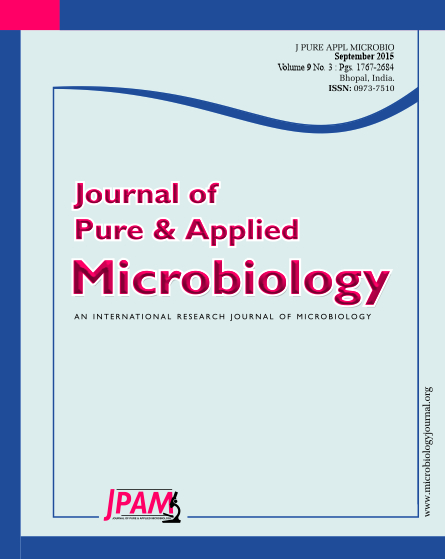Alzheimer’s disease (AD), the most common type of senile dementia, is an age related progressive neurodegenerative disease that affects more than 20 % people over the age of 80. It is predicted that over 35 million people will have AD by the year 2050 world-wide1. Neurodegenerative disorders in AD patients leads to progressive cognitive dysfunctions that includes language, memory, judgement, decision-making and orientation to physical surroundings2,3. It has been estimated that 5% of the population older than 65 years is affected by Alzheimer’s disease4,5 .The prevalence doubles approximately every 5 years beyond age 656 and some studies suggest that nearly half of the people aged 85 years and older suffer from this devastating disorder1,7.
Bacterial, Viral and Fungal Infection, Aetiophathogenesis, Alzheimer’s Disease.
© The Author(s) 2015. Open Access. This article is distributed under the terms of the Creative Commons Attribution 4.0 International License which permits unrestricted use, sharing, distribution, and reproduction in any medium, provided you give appropriate credit to the original author(s) and the source, provide a link to the Creative Commons license, and indicate if changes were made.


